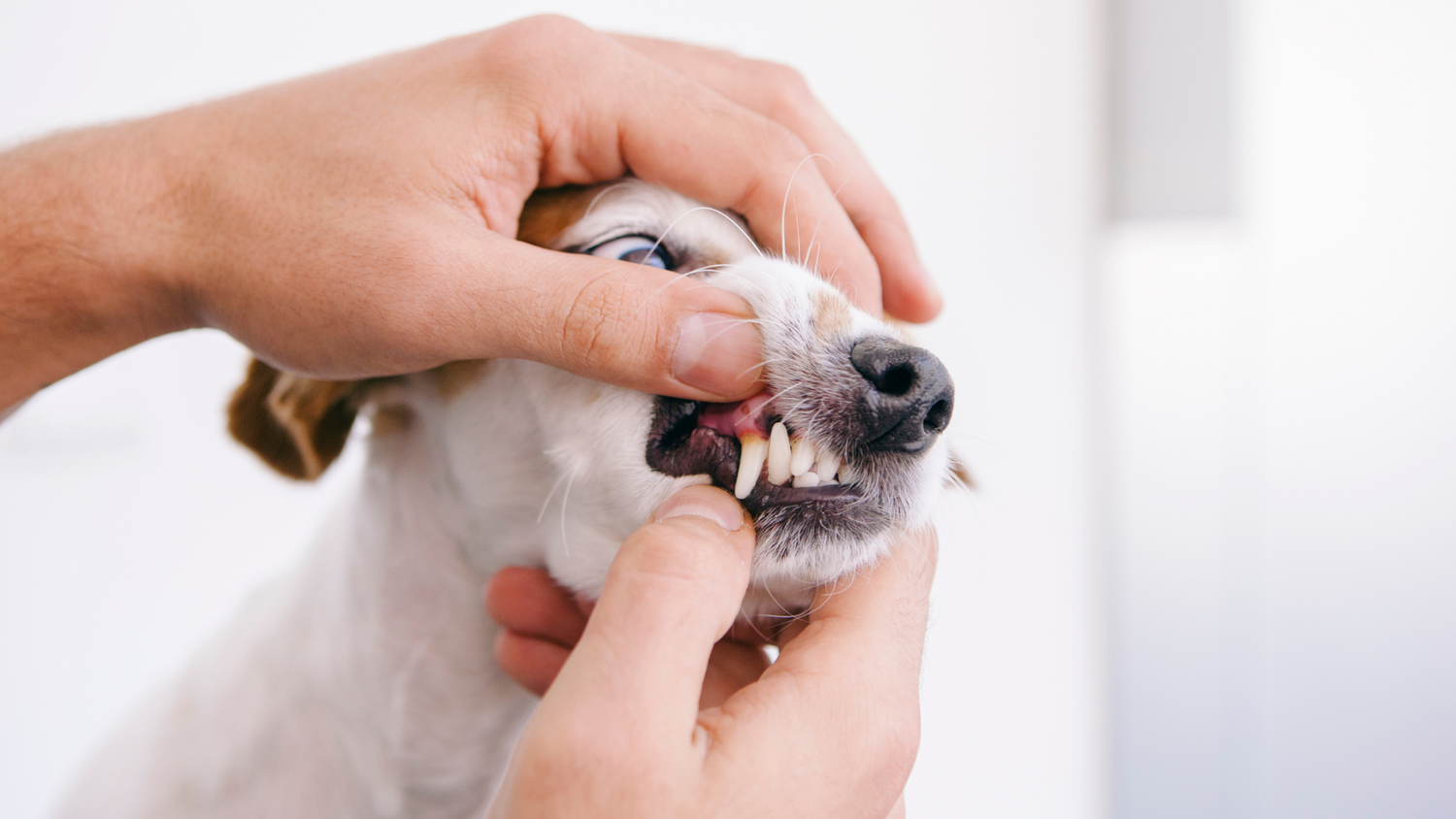Have you noticed your furry friend itching more than usual? Maybe they’re constantly licking or chewing their paws, or scratching their ears? Or maybe they suddenly have a foul smell?
Yeast infections in dogs are very common and can occur anywhere on the skin, including the ears.
What are yeast infections in dogs?
Yeast is a spore-producing fungus that occurs naturally on the skin but is usually present in small numbers. Just like with humans, a yeast infection occurs when there is an overabundance of this yeast found on the body of a dog. Yeast infections in dogs are usually found in the ears, skin folds, and in between the paw pads.
Yeast infections in dogs are usually secondary problems. This means that there is some other issue that is weakening the skin’s defense mechanisms to allow the yeast to grow in higher numbers than normal.
What causes yeast infections in dogs?
You can treat a yeast infection, but until the root issue is addressed, your dog is vulnerable to recurrence.
Allergies
A dog with an overactive immune system can trigger allergic reactions, which also leads to yeast infections. Allergies are a hyper-reaction that occurs when your pet’s bodies hyper or over-react to allergens. This response creates heat and inflammation, which tend to go to areas of the body where the skin is thinner.
Heat and inflammation leads to a constant itch, as well as licking and chewing. As they try to soothe the itch, they create small abrasions on their skin where the body’s fluid pools. This creates the perfect breeding ground for yeast to grow because it is a moist, warm environment with lots of fluids from the body.
Underactive Immune System
This isn’t as common, but it’s equally important to know that it can be a cause for yeast infections in dogs.
There are millions of living microorganisms in your dog’s gut, which are responsible for vitally important functions, including keeping yeast in check. A healthy microbiome is important as it directly impacts on your dog’s immune system.
It’s important to boost your dog’s gut health by avoiding anything that will create an imbalance in your dog’s gut by hurting the good bacteria that lives there.
Common signs and symptoms of yeast infections in dogs
Here are the most common areas for yeast infections in dogs and some common signs and symptoms to look out for.
Skin
In the early stages of a yeast infection, the skin begins to turn pink or red. When dealing with long term yeast infections, the skin may also become leathery and thick and resemble “elephant” skin.
The itch is extreme and uncomfortable and the odor can be especially troublesome. There is often a sweet or musty odor.
The affected skin may also be greasy or flaky, and there may be hair loss.
Paws
Yeast infections in dogs paws will cause the affected area to become red, irritated, and itchy. Your dog may also be licking their paws more than usual.
The underside of the paws, between the pads, is affected most often, but yeast can occur anywhere on the paws. Sometimes a brown discharge can be seen in the nail beds.
Ears
Dog ear yeast infections are common. If it’s a yeast infection in the ears, your dog may constantly shake and scratch at his head.
Yeast infections on the ears can cause a more pronounced odor in your dog’s ears. The smell is described as sweet or musty.
There is usually redness around the affected area, which may extend onto the flap of the ear, and the discharge is usually brown. The ear may appear greasy, and the hair may be matted.
What dog breeds are prone to yeast infections?
Any dog can get yeast infections. However, certain breeds are more likely than others to develop grease and phlegm buildup in their ears and body, which increases the likelihood of developing a yeast infection. This includes breeds with excess skin folds, floppy ears, and hair growing in the inner ear canal. Also, dogs with allergies have a higher chance of getting a yeast infection.
Breeds that are more prone to yeast infections include:
- Shih Tzu
- Cocker Spaniel
- Schnauzers
- Golden Retrievers
- Labrador Retrievers
- Basset Hound
- West Highland White Terrier
- German Shepherd
- Maltese
- Dachshunds
- Poodles
Diagnosis
There are several ways a yeast infection in dogs can be diagnosed. A veterinarian can confirm a definitive diagnosis using several techniques:
- Skin scraping
- Impression smear
- Cotton swab sample
- Acetate tape preparations
- Skin biopsy
Treatment
If you suspect your dog may have a yeast infection, take them to the vet as early as possible. The best treatment for your dog’s yeast infection depends on the severity of the infection, and the location on the body.
Treatment for yeast infections on the skin include topical antifungal creams, wipes, sprays and shampoos. In severe cases, your veterinarian may prescribe an oral antifungal medication. These medications should only be used under the direction of a veterinarian.
Helpful tips for preventing yeast infections in dogs
- Clean your dog’s ears. Yeast always needs a warm, moist environment to flourish. Since the ears are a common area for yeast infections, it’s important to keep the area clear and clean. Use a dog-cleaning ear solution to gently clean the ear.
- Keep paws dry and clean. A dog’s sweat glands are primarily located on the pads of their feet, so it’s a good idea to wipe them down after a long day of being exposed to the environment.
- Brush their hair. A frequent hygiene routine helps remove dirt and dead skin that could contribute to infections.
Restore your dog’s gut bacteria
Prevention of yeast infections in dogs must include addressing the underlying cause to reduce the likelihood of future infections. If you think your dog’s current diet may be the problem, you should consider improving their gut health with essential fatty acids.
Fatty acids are essentially “good” fats, found in many plant, grain and fish foods. They are critical in your pet’s diet to help support healthy skin & coat, heart, joints and the immune system. Unfortunately, many commercial dog foods on the market don’t include enough of these essential nutrients, and do not provide them in the optimum ratio of omega 3, 6 & 9.
A complete and balanced diet has omega 3 & 9 in a ratio and at levels to maintain optimal skin and coat quality. A healthy intake of omega 3 has been shown to reduce itchiness and inflammation of the skin. In addition, fatty acids have been shown to slow down the growth of Malassezia pachydermatis, a common yeast infection in dogs and cats.

Pet Drs Mega Oil is a supreme blend of Omega 3,6 & 9 oils that are mixed with only the finest ingredients to improve and maintain general health and vitality in pets.






